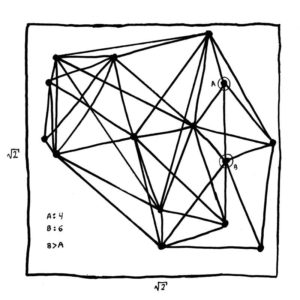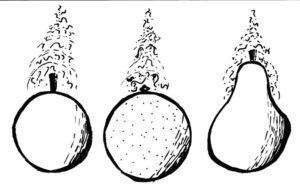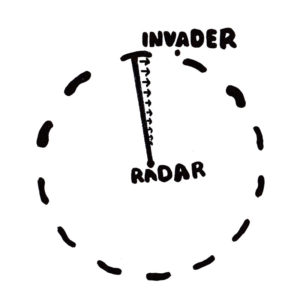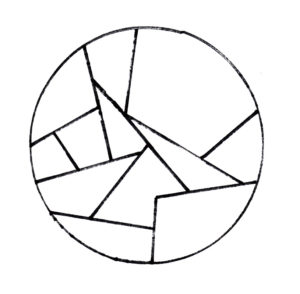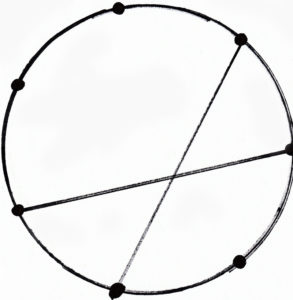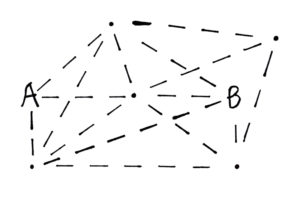Algebra and combinatorics are needed to solve this challenge.
Brutus and Craw are voting over their preference of colours. Their satisfaction is measured by how close their preferences are to the ones agreed on; they do not care about each other. The vote is determined by each player prioritizing the colours of the rainbow. Brutus and Craw do not know about indigo. Their first pick gets 5 points, their second 4, and so on such that their last gets 0.The colour with the most is first, the second most, second, and so on. Brutus and craw receive “points” of satisfaction, based on how close the vote is to their personal preferences. For each preference the number of points starts at one less than the previous, with 5 for 1st. It goes down by 2 if it’s below it’s position, and then decreases by one until it stops at 0. Except for fifth position, which cannot drop 2 because it started at only 1. In case of a tie, the position that comes first is picked randomly. First, Brutus states his preferences: red, orange, yellow, purple, blue, green. Then Craw would states his: purple, blue, green, yellow, orange, red. Except that Craw is a meanie and adjusts his to make it unfair. But Brutus then adjusts his, and they go back and forth until neither can improve their score. The challenge is to figure out what the votes, standings, and satisfaction will be for Brutus and Craw will be when they finish, if they ever do.
Satisfaction\\[16pt]
\begin{matrix}
& 1st & 2nd & 3rd & 4th & 5th & 6th\\
\#1 & 5 & 3 & 2 & 1 & 0 & 0\\
\#2 & 4 & 4 & 2 & 1 & 0 & 0\\
\#3 & 3 & 3 & 3 & 1 & 0 & 0\\
\#4 & 2 & 2 & 2 & 2 & 0 & 0\\
\#5 & 1 & 1 & 1 & 1 & 1 & 0\\
\#6 & 0 & 0 & 0 & 0 & 0 & 0\\
\end{matrix}
